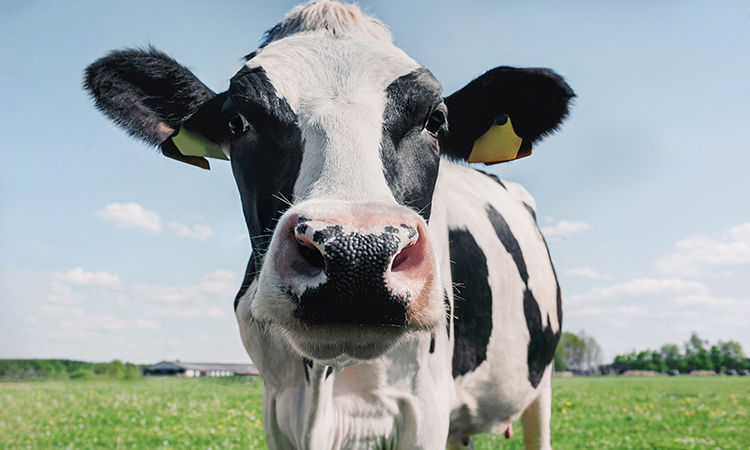Cultivated meat can cause up to 93 percent less global warming says study
- Like
- Digg
- Del
- Tumblr
- VKontakte
- Buffer
- Love This
- Odnoklassniki
- Meneame
- Blogger
- Amazon
- Yahoo Mail
- Gmail
- AOL
- Newsvine
- HackerNews
- Evernote
- MySpace
- Mail.ru
- Viadeo
- Line
- Comments
- Yummly
- SMS
- Viber
- Telegram
- Subscribe
- Skype
- Facebook Messenger
- Kakao
- LiveJournal
- Yammer
- Edgar
- Fintel
- Mix
- Instapaper
- Copy Link
Posted: 9 March 2021 | Joshua Minchin (New Food) | No comments yet
Cultivated meat, when produced using renewable energy, can vastly reduce the environmental impact of meat production and use up to 19 times less land.


New studies show that — compared with conventional beef — meat cultivated directly from cells may cause up to 92 percent less global warming and 93 percent less air pollution, and use up to 95 percent less land and 78 percent less water.
The studies, released by independent research firm CE Delft, model a future large-scale cultivated meat production facility and show that by 2030, the cost of meat grown from cells, or “cultivated meat,” when manufactured at scale could drop to $5.66 per kilogram ($2.57 per pound). This production cost will enable cultivated meat to compete with multiple forms of conventional meat or serve as a high-quality ingredient in plant-based meat products.
The life cycle assessment (LCA), conducted as part of the studies, analyses various scenarios, including the adoption of renewable energy by both the conventional and cultivated meat industry, should they maximise their climate mitigation efforts. In the most optimistic scenario, which factors in ambitious projections of conventional animal agriculture’s achievements in environmental impact improvements, the studies found that cultivated meat outperforms all forms of conventional meat.
The LCA shows that cultivated meat, when produced using renewable energy, reduces the cumulative environmental impacts of conventional beef by approximately 93 percent, pork by 53 percent, and chicken by 29 percent. In these scenarios, the conventional products are also produced using renewable energy.
Importantly, when production is powered by an average conventional energy mix versus a renewable energy mix, cultivated meat’s carbon footprint rises but still remains significantly lower than that of conventional beef. This crucial finding is that renewable energy is the key to unlocking cultivated meat’s huge climate mitigation potential and demonstrates the dramatic gains that mutually reinforcing climate solution strategies can deliver.
Beyond emissions, the LCA also accounts for the impacts of pollutants on human health and shows that cultivated meat causes significantly less harm than conventional meat. Not included in the report are the global human health benefits associated with decoupling meat production from conditions that give rise to zoonotic disease transmission and antibiotic resistance.
Furthermore, with conventional meat using up to 19 times more land than cultivated beef — which doesn’t require crops and pastures to raise and feed livestock — a transition from conventional animal agriculture to cultivated meat production could free up land to restore ecosystems and sequester carbon. While the researchers say these land use-change benefits are not accounted for in the LCA, these parallel climate strategies can act as force multipliers in global efforts to reduce and offset carbon emissions.
“With this analysis, we have shown that cultivated meat is an achievable low-carbon, cost-competitive agricultural technology that can play a major role in achieving a carbon-neutral food system,” said CE Delft Senior Researcher Ingrid Odegard.
“This research provides a solid base on which companies can build, improve, and advance in their goal of producing cultivated meat sustainably at scale and at a competitive price point.”
“The world will not get to net-zero emissions without addressing food and land, and alternative proteins are a key aspect of how we do that,” added Bruce Friedrich, Executive Director of the Good Food Institute who commissioned the LCA.
“Decarbonising the global economy is impossible with the diffuse production process and range of gases involved in conventional animal agriculture.
“As these new models illustrate, if we can concentrate the environmental impact of meat production in a single, manageable space — and if we power that space with electricity generated from clean energy sources — that’s how the world gets to net-zero emissions.”
Related topics
Cultured Meat, Environment, Research & development, Sustainability, Technology & Innovation









